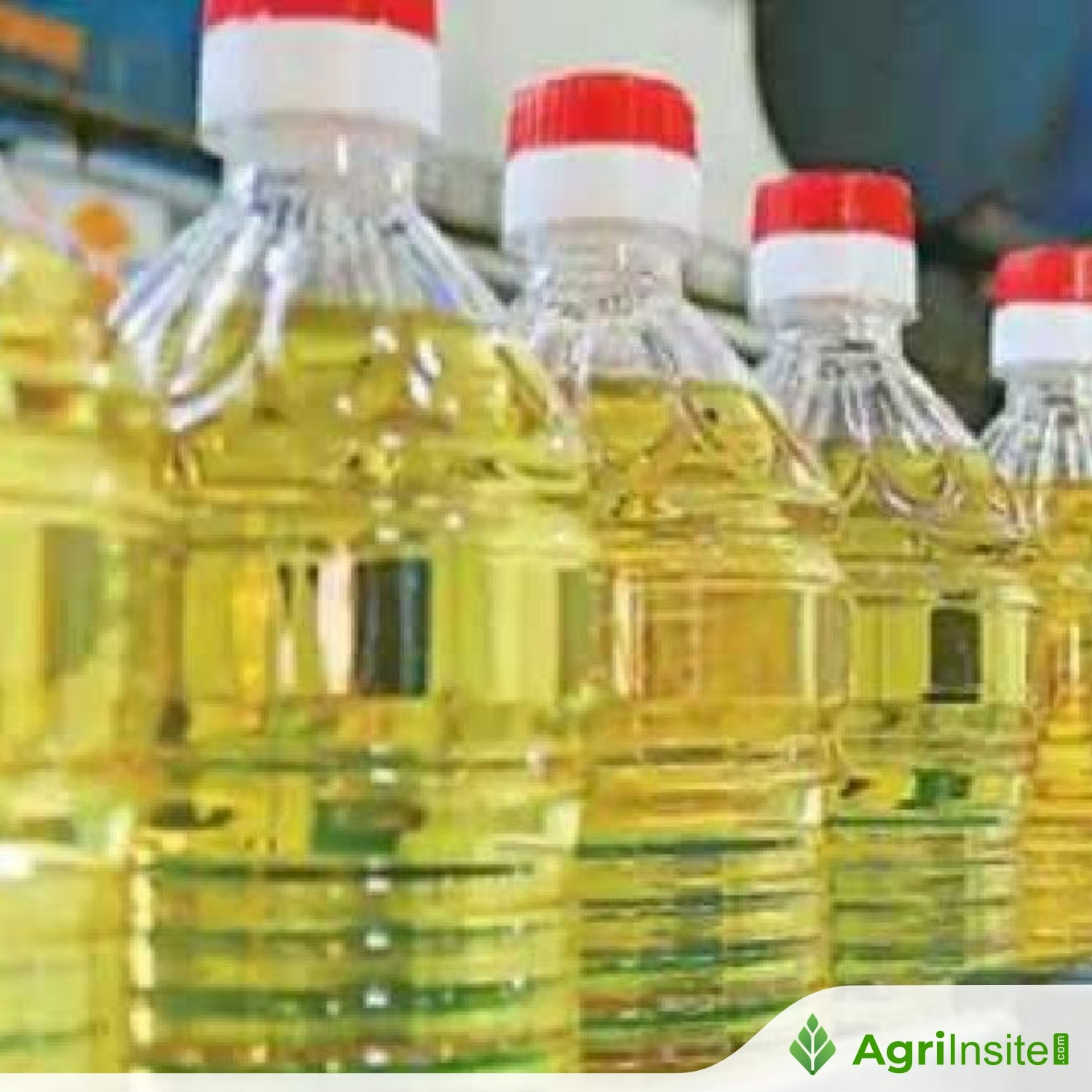Explained: Centre’s pro-farmer turn in edible oils

The Modi government has raised the basic customs duty on imported crude palm, soybean, and sunflower oils to support oilseed farmers, effective September 13. This marks the first BCD since October 2021. Additionally, states can procure soybeans at a minimum support price, boosting prices closer to the MSP. These measures aim to enhance domestic production and reduce imports.
The last two weeks have seen the Narendra Modi-led government take two important decisions to protect the interests of oilseed farmers in India.
On September 13, it hiked the basic customs duty (BCD) on imported crude palm, soyabean, and sunflower oil from zero to 20%, and that on their refined oils from 12.5% to 32.5%.
The effective import duty increase for crude oils is from 5.5% to 27.5% (after adding a 5% ‘agriculture infrastructure and development cess’ and a 10% ‘social welfare’ surcharge on the BCD with the cess). On refined oils, which attract only the 10% surcharge on the BCD, the increase in effective import duty is from 13.75% to 35.75%.
This is the first time after October 13, 2021 that a BCD has been levied on crude palm, soyabean and sunflower oil imports. The effective duty of 27.5% on them is the highest since the 30.25% that prevailed till September 10, 2021. The 35.75% effective tariff on the three refined oils is on par with that until October 13, 2021. The BCD on them was also 32.5% till that date.
From pro-consumer to pro-producer
Simply put, the Modi government has restored the protection that domestic growers have against imports to the levels of three years ago. Even earlier, from around November 2020, it had started cutting import duties in response to soaring international prices.
The United Nations’ Food and Agriculture Organization’s vegetable oils price index (base value: 2014-16=100) rose from 98.7 points in August 2020 to a peak of 251.8 points in March 2022, post Russia’s invasion of Ukraine. Global prices have eased since, with the index reading at 136 points for August 2024.
This has led the Modi government to partly shift gears from an overly pro-consumer to a more pro-producer tariff policy. The raising of import duties has been combined with a second decision, earlier this month, to permit the Maharashtra, Madhya Pradesh, Karnataka and Telangana governments to procure soyabean at the Centre’s minimum support price (MSP) of Rs 4,892 per quintal.
The two decisions have helped the modal (most-traded) prices in key wholesale mandis such as Dewas (MP) and Latur (Maharashtra) recover from Rs 4,200-4,300 to 4,600-4,700 per quintal, closer to the MSP, in the last one month. It comes even as the new crop’s market arrivals would take off from next month.
The raising of import duties and MSP procurement approval for soyabean has been prompted by both economic and political considerations. Farmers have sown 193.32 lakh hectares (lh) area under oilseeds this kharif (monsoon) season, as against 190.37 lh in 2023. Soyabean acreage alone has expanded from 123.85 lh to a record 125.11 lh. That, coupled with benign global prices and annual consumer price inflation for edible oils at minus 0.86% in August, has provided an economic case for the Modi government’s pro-producer turn.
The political motivation is Maharashtra Assembly polls, scheduled later this year. The state is India’s second largest soyabean grower, with its farmers planting 50.36 lh of area, next only to MP’s 53.48 lh. A bumper harvest-triggered price crash wouldn’t help the ruling alliance’s electoral fortunes.
The sunflower surge
India edible oil imports in lakh tonnes.
India’s edible oil imports hit an all-time high of 16.5 million tonnes (mt) in the year ended October 2023. Imports during the first 10 months of this oil year, at 13.5 mt, were 3.6% lower compared to the 14 mt for November-August 2022-23.
What’s interesting, however, is the rise in crude sunflower oil imports. At 3.1 mt, it has already crossed the 3 mt for the whole of 2022-23. Sunflower has also emerged as the country’s second largest imported oil after palm, while relegating soyabean to the third spot (see Table).
The 3.1 mt of sunflower oil imports during November-August 2023-24 were mainly from Russia (1.5 mt), Romania (0.6 mt), Ukraine (0.5 mt) and Argentina (0.4 mt). Imports of soyabean oil are primarily from Argentina and Brazil, while palm is from Indonesia and Malaysia.
B V Mehta, executive director of the Solvent Extractors’ Association of India, attributed the surge in sunflower oil imports largely to prices.
In normal years, palm is the cheapest and sunflower the most expensive imported vegetable oil, with soyabean being in between. In April 2022, when the war in Ukraine disrupted supplies, landed prices of imported sunflower oil skyrocketed to an average of $2,155 per tonne — more than the $1,909 of soyabean and the $1,791 of crude palm oil.
But a year later, with the signing of the UN-brokered Black Sea Grain Initiative agreement facilitating safe navigation of vessels from three designated Ukrainian ports, sunflower oil was available at an average of $1,036 per tonne, less than soyabean ($1,049) and even palm ($1,039). Since February 2023, sunflower oil has been generally quoting below soyabean, its immediate competitor, and occasionally palm as well (see Chart). Global vegetable oil prices (average dollar/ton).
The southern states have an estimated 70% share of India’s sunflower oil market, followed by Maharashtra (10-15%). The big importers and sellers of refined sunflower oil include Gemini Edibles & Fats (‘Freedom’ brand), Adani Wilmar (‘Fortune’), Kaleesuwari Refinery Pvt. Ltd (‘Gold Winner’), M K Agrotech (‘Sunpure’) and Lohiya Industries (‘Gold Drop’).
Soyabean oil is predominantly consumed in the North and East (along with locally-produced mustard), and also in the West (with sunflower and indigenous groundnut and cottonseed oil). Palm oil is used less for cooking and frying in homes and more in restaurants, sweet shops, bakeries and industries from snack foods, bread and biscuits to noodles.
Domestic versus Imports
India’s 16.5 mt imports of edible oil in 2022-23 far exceeded its production of about 10.3 mt from domestically grown oilseeds and other sources — including 4 mt of mustard/rapeseed, 1.9 mt of soyabean, 1.2 mt of cottonseed, 1.1 mt of rice bran, and 1 mt of groundnut oil.
The increase in duties is likely to further slow down imports, restricting it to below 16 mt in the current oil year.
Want to go beyond the news and understand the headlines? Subscribe to Explained by The Indian Express
“Our edible oil consumption is rising by roughly one mt every year. This year, thanks to a good monsoon and the government’s efforts to ensure better prices to farmers, domestic production itself should be 1 mt higher and can meet the incremental demand,” Mehta pointed out.
Source Link : https://indianexpress.com/article/explained/explained-economics/centre-oilseeds-farmer-policy-9582520/















